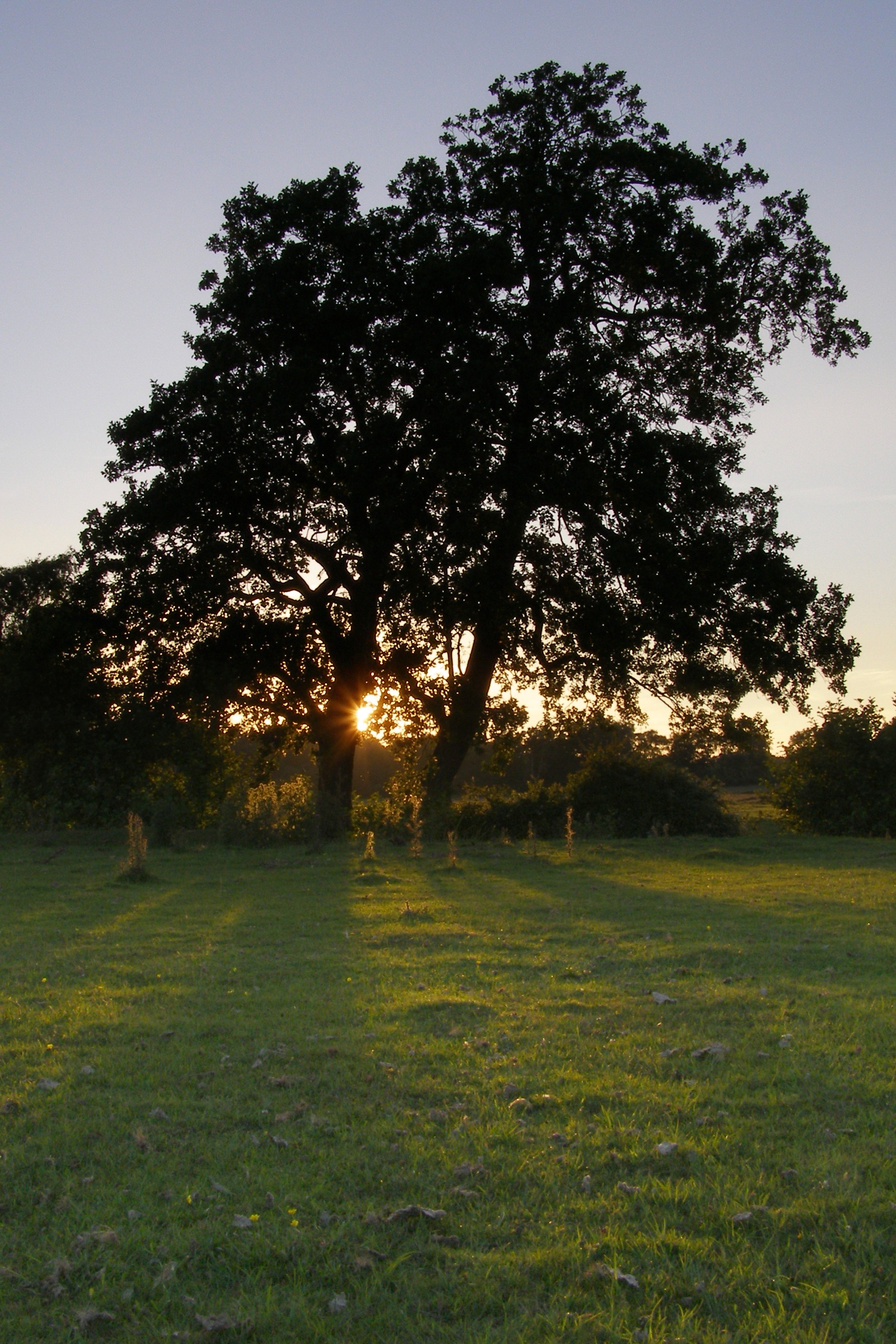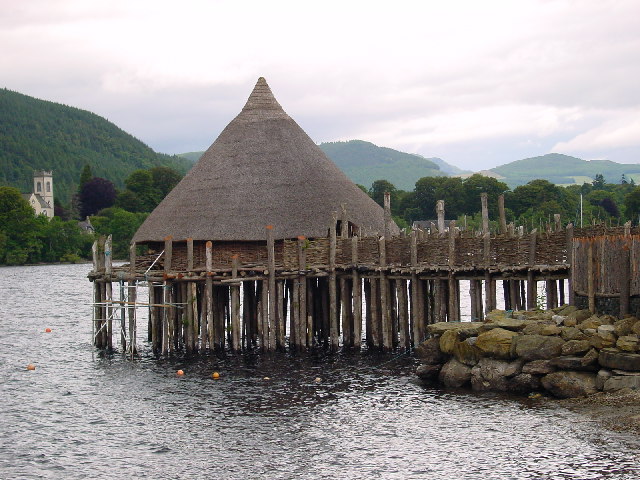|
Drumaleague Lough
Drumaleague Lough () is a very small freshwater in northwest Ireland. The ecology of Drumaleague Lough, and other Leitrim waterways, remain threatened by zebra mussel and other invasive species. Etymology The origin of the lake name is unknown, but ( ga, Droim Dhá Liag Loch) means the "". Geography Drumaleague Lough lies south of both Drumcong village and Carrickaport Lough, and southwest of Lough Scur. This eclipitical shaped lake is very small, covering a surface-area of about , measuring in length from west to east, and north to south, with depths of up to and a very soft mud bottom. Drumaleague Lough is connected to Lough Conway to the west, and Lough Scur to the east by the Shannon–Erne Waterway. Ecology The presence, and type, of fish found in Drumaleague Lough is not recorded. Human settlement The primary human settlements near Drumaleague Lough is Drumcong village. Drumaleague Lough is bounded by the townlands of Letterfine to the north and east, Drum ... [...More Info...] [...Related Items...] OR: [Wikipedia] [Google] [Baidu] |
Shannon–Erne Waterway
The Shannon–Erne Waterway ( ga, Uiscebhealach na Sionainne is na hÉirne) is a canal linking the River Shannon in the Republic of Ireland with the River Erne in Northern Ireland. Managed by Waterways Ireland, the canal is in length, has sixteen locks and runs from Leitrim village in County Leitrim to Upper Lough Erne in County Fermanagh. The official opening of the Shannon–Erne Waterway took place at Corraquill Lock, just south of Teemore in the south of County Fermanagh, on 23 May 1994. History The earliest known name of the Shannon–Erne Waterway was the River Gráinne (''Sruth Gráinne'' in Irish, meaning ''The Gravelly River''). The earliest surviving mention of the river name is in a poem composed about 1291 which gives the name as ''Sruth Gráinne'': :''The Gráinne River, that clear and fairest of streams,'' :''never ceases its moaning as it flows through the wood.'' :''Sruth Gráinne ar a ghuth ní ghabh'' :''Sruth glan áille tre fhiodh''. The ''Annals of L ... [...More Info...] [...Related Items...] OR: [Wikipedia] [Google] [Baidu] |
List Of Loughs In Ireland
This is an alphabetical list of loughs (lakes) on the island of Ireland. It also shows a table of the largest loughs. The word '' lough'' is pronounced like ''loch'' () and comes from the Irish ''loch'', meaning ''lake''. According to the Environmental Protection Agency, there are an estimated 12,000 lakes in the Republic of Ireland, covering an area of more than 1,200 square kilometres. The largest lough, by area, in Ireland is Lough Neagh. Lough Corrib is the second largest, and is the largest in the Republic. The largest lough, by water volume, is Lough Neagh, with Lough Mask being the largest in the Republic. The list below contains only those loughs that are of geographic, geological, or historical importance and almost all of them are over a square kilometre in area. It includes loughs that are in Northern Ireland and the Republic of Ireland. Those partly or wholly within Northern Ireland are marked with an asterisk (*). Largest Irish lakes The largest freshwater loughs ... [...More Info...] [...Related Items...] OR: [Wikipedia] [Google] [Baidu] |
National Museum Of Ireland – Archaeology
The National Museum of Ireland – Archaeology ( ga, Ard-Mhúsaem na hÉireann – Seandálaíocht, often known as the "NMI") is a branch of the National Museum of Ireland located on Kildare Street in Dublin, Ireland, that specialises in Irish and other antiquities dating from the Stone Age to the Late Middle Ages. The museum was established under the Science and Art Museum Act of 1877. Before, its collections had been divided between the Royal Dublin Society and the Natural History Museum on Merrion Street. The museum was built by the father and son architects Thomas Newenham Deane and Thomas Manly Deane. The NMI's collection contains artifacts from prehistoric Ireland including bog bodies, Iron and Bronze Age objects such as axe-heads, swords and shields in bronze, silver and gold, with the earliest dated to c. 7000 BC. It holds the world's most substantial collection post-Roman era Irish medieval art (known as Insular art). In addition, it houses a substantial collection of m ... [...More Info...] [...Related Items...] OR: [Wikipedia] [Google] [Baidu] |
Royal Irish Academy
The Royal Irish Academy (RIA; ga, Acadamh Ríoga na hÉireann), based in Dublin, is an academic body that promotes study in the sciences, humanities and social sciences. It is Ireland's premier learned society and one its leading cultural institutions. The Academy was established in 1785 and granted a royal charter in 1786. the RIA has around 600 members, regular members being Irish residents elected in recognition of their academic achievements, and Honorary Members similarly qualified but based abroad; a small number of members are elected in recognition of non-academic contributions to society. Until the late 19th century the Royal Irish Academy was the owner of the main national collection of Irish antiquities. It presented its collection of archaeological artefacts and similar items, which included such famous pieces as the Tara Brooch, the Cross of Cong and the Ardagh Chalice to what is now the National Museum of Ireland, but retains its very significant collection ... [...More Info...] [...Related Items...] OR: [Wikipedia] [Google] [Baidu] |
Section Of Drumaleague Crannog Two
Section, Sectioning or Sectioned may refer to: Arts, entertainment and media * Section (music), a complete, but not independent, musical idea * Section (typography), a subdivision, especially of a chapter, in books and documents ** Section sign (§), typographical characters * Section (bookbinding), a group of sheets, folded in the middle, bound into the binding together * The Section (band), a 1970s American instrumental rock band * ''The Outpost'' (1995 film), also known as ''The Section'' * Section, an instrumental group within an orchestra * "Section", a song by 2 Chainz from the 2016 album ''ColleGrove'' * "Sectioning", a ''Peep Show'' episode * David "Section" Mason, a fictional character in '' Call of Duty: Black Ops II'' Organisations * Section (Alpine club) * Section (military unit) * Section (Scouting) Science, technology and mathematics Science * Section (archaeology), a view in part of the archaeological sequence showing it in the vertical plane * Section (b ... [...More Info...] [...Related Items...] OR: [Wikipedia] [Google] [Baidu] |
Alder
Alders are trees comprising the genus ''Alnus'' in the birch family Betulaceae. The genus comprises about 35 species of monoecious trees and shrubs, a few reaching a large size, distributed throughout the north temperate zone with a few species extending into Central America, as well as the northern and southern Andes. Description With a few exceptions, alders are deciduous, and the leaves are alternate, simple, and serrated. The flowers are catkins with elongate male catkins on the same plant as shorter female catkins, often before leaves appear; they are mainly wind-pollinated, but also visited by bees to a small extent. These trees differ from the birches (''Betula'', another genus in the family) in that the female catkins are woody and do not disintegrate at maturity, opening to release the seeds in a similar manner to many conifer cones. The largest species are red alder (''A. rubra'') on the west coast of North America, and black alder (''A. glutinosa''), nat ... [...More Info...] [...Related Items...] OR: [Wikipedia] [Google] [Baidu] |
Plan Of Drumaleague Crannog One
A plan is typically any diagram or list of steps with details of timing and resources, used to achieve an objective to do something. It is commonly understood as a temporal set of intended actions through which one expects to achieve a goal. For spatial or planar topologic or topographic sets see map. Plans can be formal or informal: * Structured and formal plans, used by multiple people, are more likely to occur in projects, diplomacy, careers, economic development, military campaigns, combat, sports, games, or in the conduct of other business. In most cases, the absence of a well-laid plan can have adverse effects: for example, a non-robust project plan can cost the organization time and money. * Informal or ad hoc plans are created by individuals in all of their pursuits. The most popular ways to describe plans are by their breadth, time frame, and specificity; however, these planning classifications are not independent of one another. For instance, there is a close ... [...More Info...] [...Related Items...] OR: [Wikipedia] [Google] [Baidu] |
Middle Ages
In the history of Europe, the Middle Ages or medieval period lasted approximately from the late 5th to the late 15th centuries, similar to the post-classical period of global history. It began with the fall of the Western Roman Empire and transitioned into the Renaissance and the Age of Discovery. The Middle Ages is the middle period of the three traditional divisions of Western history: classical antiquity, the medieval period, and the modern period. The medieval period is itself subdivided into the Early Early may refer to: History * The beginning or oldest part of a defined historical period, as opposed to middle or late periods, e.g.: ** Early Christianity ** Early modern Europe Places in the United States * Early, Iowa * Early, Texas * Early ..., High Middle Ages, High, and Late Middle Ages. Population decline, counterurbanisation, the collapse of centralized authority, invasions, and mass migrations of tribes, which had begun in late antiquity, continued i ... [...More Info...] [...Related Items...] OR: [Wikipedia] [Google] [Baidu] |
Crannog
A crannog (; ga, crannóg ; gd, crannag ) is typically a partially or entirely artificial island, usually built in lakes and estuarine waters of Scotland, Wales, and Ireland. Unlike the prehistoric pile dwellings around the Alps, which were built on the shores and not inundated until later, crannogs were built in the water, thus forming artificial islands. Crannogs were used as dwellings over five millennia, from the European Neolithic Period to as late as the 17th/early 18th century. In Scotland there is no convincing evidence in the archaeological record of Early and Middle Bronze Age or Norse Period use. The radiocarbon dating obtained from key sites such as Oakbank and Redcastle indicates at a 95.4 per cent confidence level that they date to the Late Bronze Age to Early Iron Age. The date ranges fall ''after'' around 800 BC and so could be considered Late Bronze Age by only the narrowest of margins. Crannogs have been variously interpreted as free-standing wooden stru ... [...More Info...] [...Related Items...] OR: [Wikipedia] [Google] [Baidu] |
Lake Dwelling
Stilt houses (also called pile dwellings or lake dwellings) are houses raised on stilts (or piles) over the surface of the soil or a body of water. Stilt houses are built primarily as a protection against flooding; they also keep out vermin. The shady space under the house can be used for work or storage. Arctic Houses where permafrost is present, in the Arctic, are built on stilts to keep permafrost under them from melting. Permafrost can be up to 70% water. While frozen, it provides a stable foundation. However, if heat radiating from the bottom of a home melts the permafrost, the home goes out of level and starts sinking into the ground. Other means of keeping the permafrost from melting are available, but raising the home off the ground on stilts is one of the most effective ways. Indo-Pacific Raised rectangular houses are one of the cultural hallmarks of the Austronesian peoples and are found throughout the regions in Island Southeast Asia, Island Melanesia, Micronesi ... [...More Info...] [...Related Items...] OR: [Wikipedia] [Google] [Baidu] |


.jpg)




